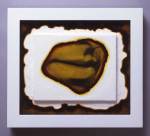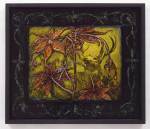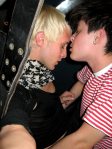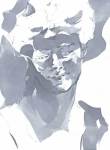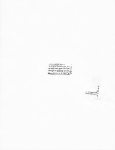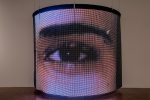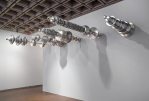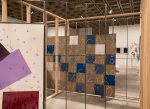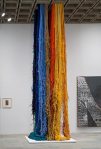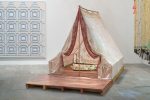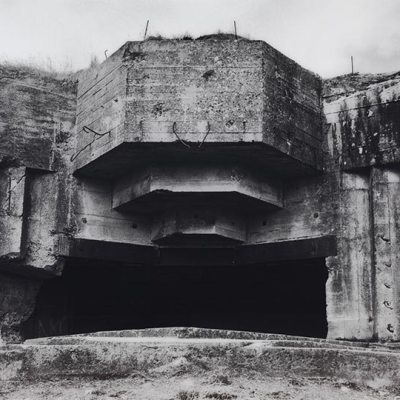The 2014 Whitney Biennial, the 77th in the museum’s history and the last to be held in their Marcel Breuer-designed uptown location, is billed as one of ‘the broadest and most diverse’ biennials in recent memory.
Curated by artist Michelle Grabner, Anthony Elms, associate curator at the Institute of Contemporary Art in Philadelphia, and Stuart Comer, curator of media and performance art at the Museum of Modern Art, this is the first time in the Biennial’s history that each curator has been given their own floor. They present three distinct approaches to the intractable problem of representing the ‘latest developments in American art,’ inviting a direct curatorial comparison not normally afforded to the biennial audience.
Artists Monument (2014), Tony Tasset. Photo by Joseph Rynkiewicz. Image courtesy Kavi Gupta CHICAGO | BERLIN

Few critics seem enchanted by the tripartite scheme. Holland Cotter of the New York Times was left ‘hungry’, and Jerry Saltz saw lots of ‘careful correctness’ in an overall ‘bland’ show. Many noted the emphasis on older, more establish artists, which is somewhat peculiar for the traditionally forward-looking biennial.
It has been dubbed the ‘Chicago Biennial’, with a whopping 17 Chicago-based artists participating (eight of them brought in by Michelle Grabner, who is herself from the city). It’s also in dialogue with the Whitney’s new Renzo Piano-designed downtown location. Tony Tasset’s massive crate-like installation looms just a bit further along the Hudson River and Yve Laris Cohen has organised a set of performances to be staged at the new construction site.
Reflecting a wider curatorial trend, this biennial features several instances of the exhibition-within-exhibition. The curators have managed to amass a total of 10 separately curated mini-exhibitions, inviting artists, groups, and publishers to organise their own dedicated spaces. These include Richard Hawkins and Catherine Opie‘s display of the work of Tony Greene; Joseph Grigely on the ephemera of artist Gregory Battcock; Gaylen Gerber’s monochrome paintings that are ‘grounds’ for the rotating work of David Hammons, Sherrie Levine, and Trevor Shimizu; and Julie Ault’s show of work from the archives of artists David Wojnarowicz and Martin Wong.
Installation view ‘Afterlife: a constellation’ (2014) by Julie Ault, at the Whitney Biennial 2014. Photograph by Bill Orcutt
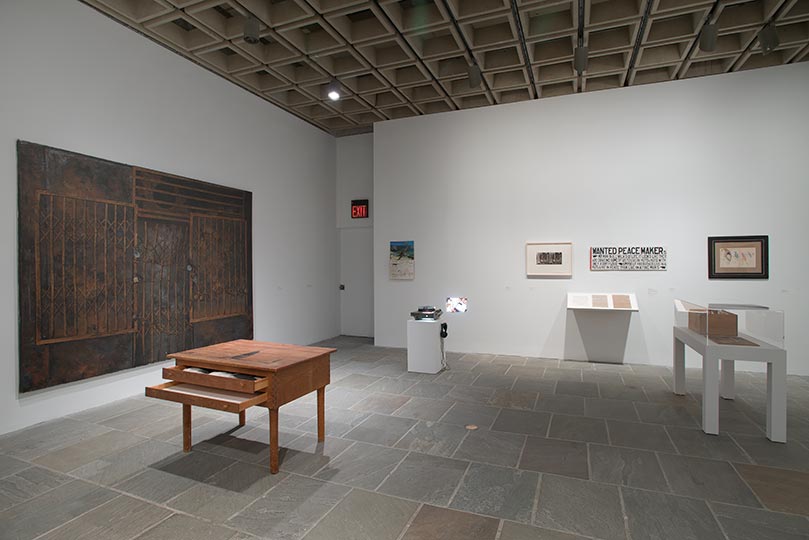
Entire rooms are given over to Bjarne Melgaard (Think I’m Going to Have a Baby, 2014), Zoe Leonard’s camera obscura, and Public Collectors’ room of artefacts from the life of Malachi Ritscher. Likewise publishers Semiotext(e) and online journal Triple Canopy have dedicated spaces for their alternative presentations.
945 Madison Avenue (installation view; 2014), Zoe Leonard, at the Whitney Biennial 2014. Collection of the artist; courtesy Murray Guy, N.Y., and Galerie Gisela Capitain, Cologne. Photo: Bill Orcutt
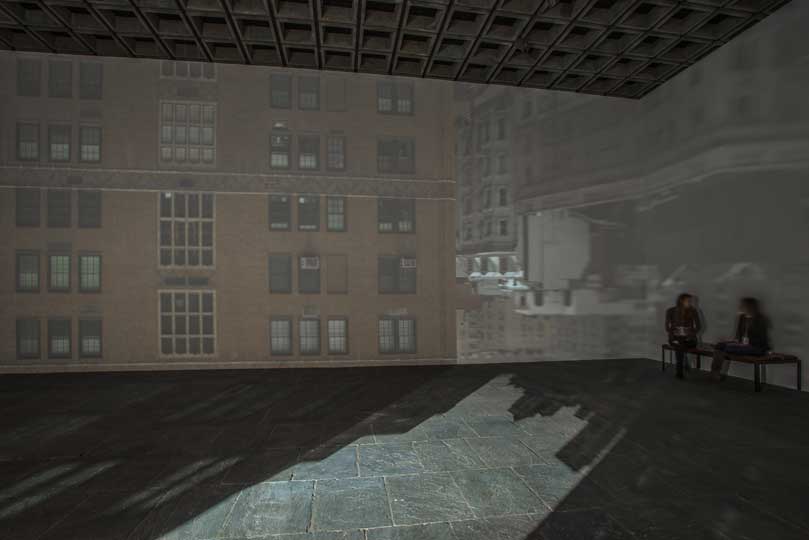
Highlights from Michelle Grabner’s crowd-pleasing selection include Dawoud Bey’s presidential portrait photography (Barack Obama, 2008), Karl Haendel’s Theme Time Drawings, pencil drawings of various subjects arranged in shaped frames across a massive section of wall, and works by Donelle Woolford, the fictional young black female artist ‘created’ by Joe Scanlan and played by various actors whose Joke Painting (detumescence) (2013) investigates the notion of authenticity.
Mother (2013–14), Amy Sillman. Collection of the artist; courtesy Sikkema Jenkins Co., New York. Photograph by John Berens
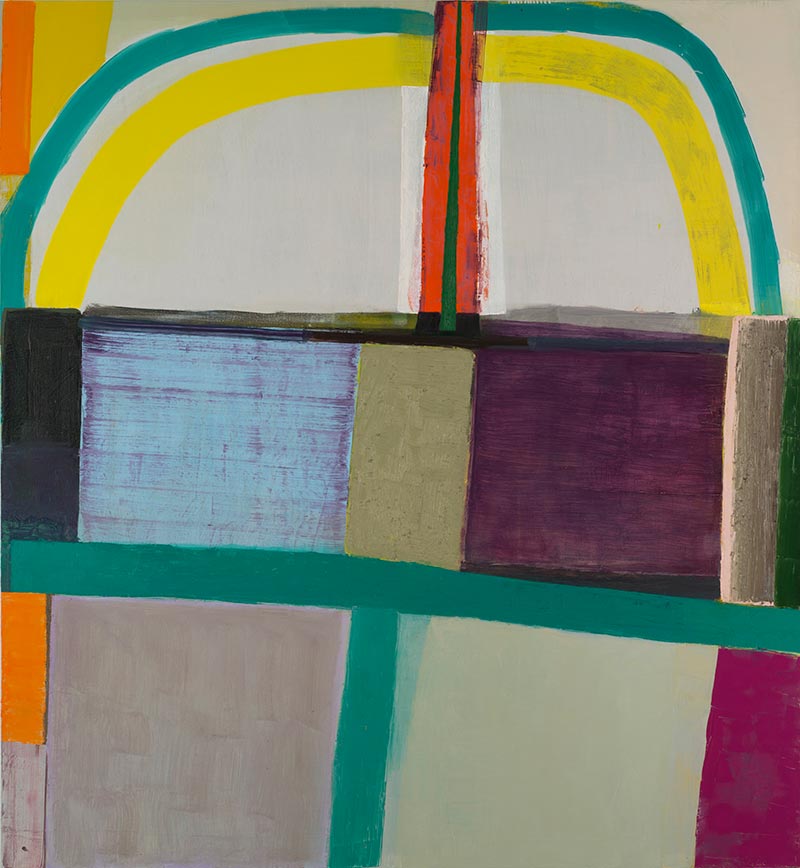
Much of Grabner’s loud, overstuffed floor is daring in both its formalism and its reliance on Abstract Expressionist idioms. Works by John Mason, Ricky Swallow, and Shana Lutker are mired in 20th-century formal concerns, and Louise Fishman, Jacqueline Humphries, Dona Nelson, and Amy Sillman present a chorus of large painterly, Abstract Expressionist work whose relation to recent strains of American art seems oddly forced.
Stuart Comer’s floor presents what feels like the freshest selection, one whose embrace of new media and consideration of the ‘interface of digital technologies’ befits the representational mandate of the biennial format. Ken Okiishi’s painted flat screen TVs with videos playing underneath, Kevin Beasley’s performative resin and polyurethane sculpture Untitled (Jumped Man) (2014), and Zackary Drucker and Rhys Ernst’s photo-documentation of their respective gender transitioning, Relationship (2008–13), read as an informed survey of the most arresting new tendencies in American art.
Anthony Elm’s section is sombre, studied, and by far the most selective. Susan Howe’s letterpress prints of sentences and fragments of poetry and folklore (Tom Tit Tot, 2013), Rebecca Morris’ patchwork of disparate forms on canvas Untitled (#15–13) (2013), and Paul P.’s series of figures in ink on paper (all 2013) make this floor a reprieve from Grabner’s comparative bombast.
Despite the one-curator-per-floor arrangement, no theme or programme is as clean as it might appear. All three curators have commissioned site-specific works throughout the film halls and other parts of the museum. The stairwells are haunted by Charlemagne Palestine’s recorded sound installation, complete with speakers obscured by stuffed animal toys. The Whitney’s brutalist courtyard hosts Radamés ‘Juni’ Figueroa’s ode to the improvised tropical aesthetics of his native Puerto Rico. Almost adjacent is a live performance by Diego Leclery, who is hooked up to a desktop computer in order to play – come rain or shine – the popular strategy game Civilization for the duration of the exhibition.
In the end, it’s difficult to imagine what critics who expressed such disappointment were searching for. It’s unrealistic to expect a tight, cohesive exhibition, as if any part of American art has played out according to these principles. This biennial takes several puzzling tacks, but perhaps incidentally succeeds in illustrating the mercurial nature of contemporary American practice.
The Whitney Biennial is at the Whitney Museum, New York, until 25 May.
Related Articles:

